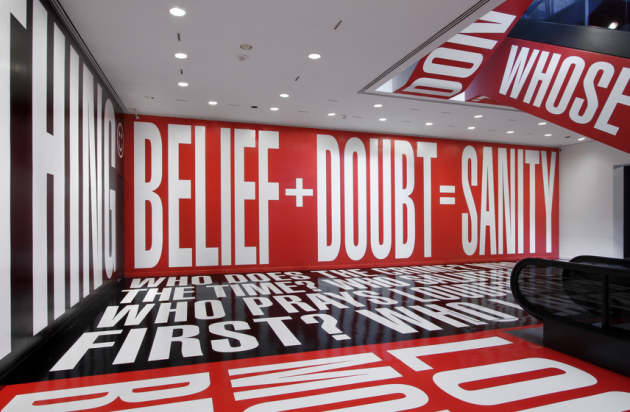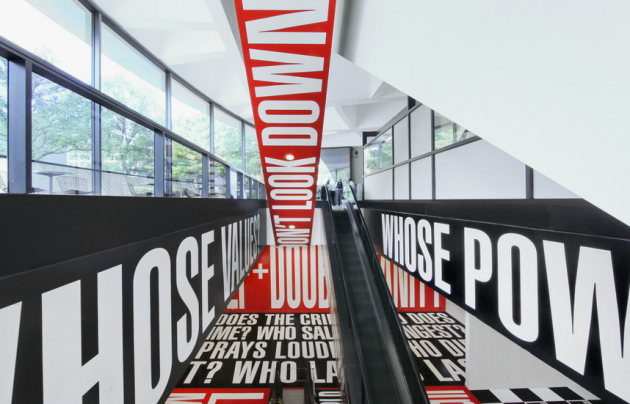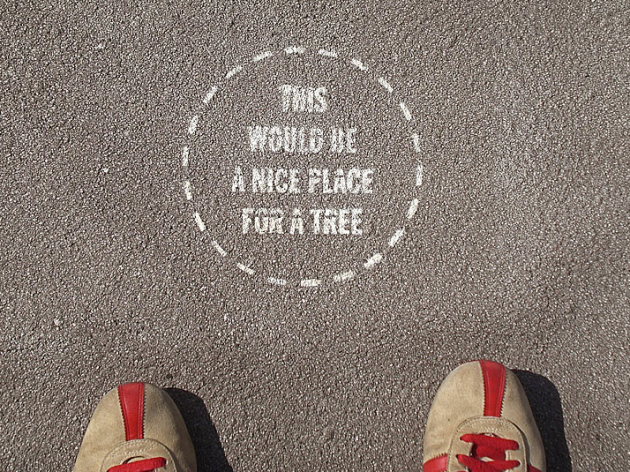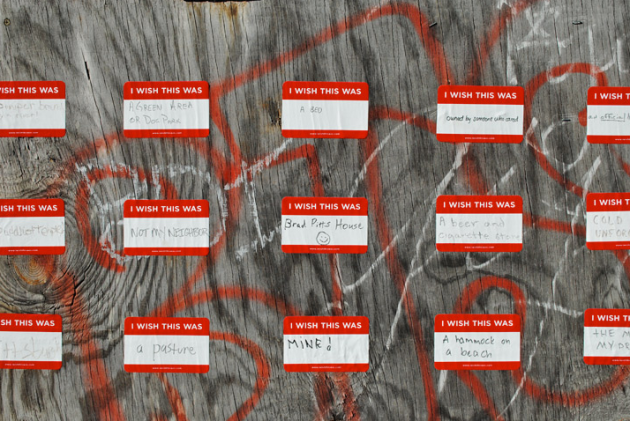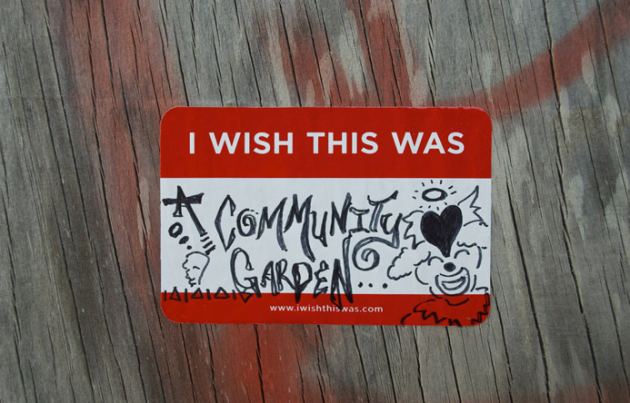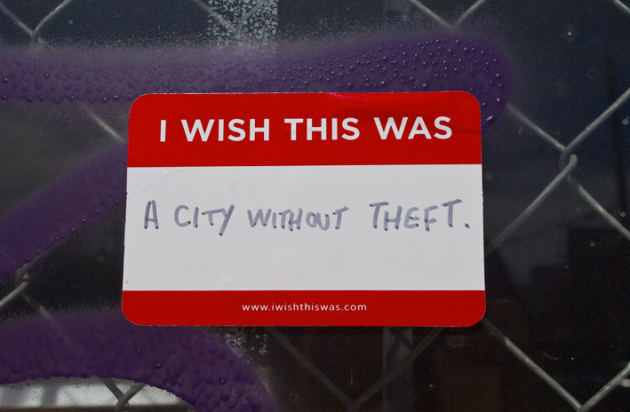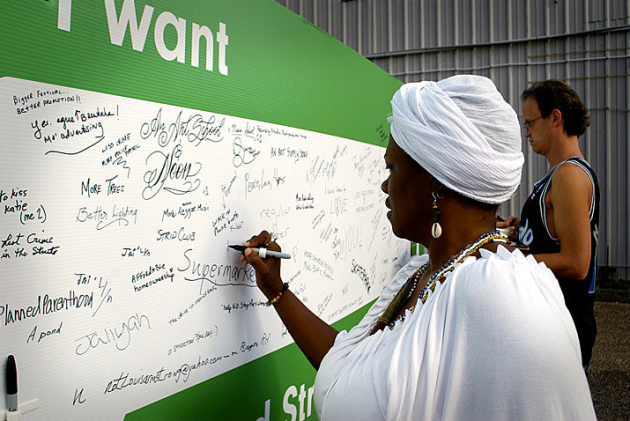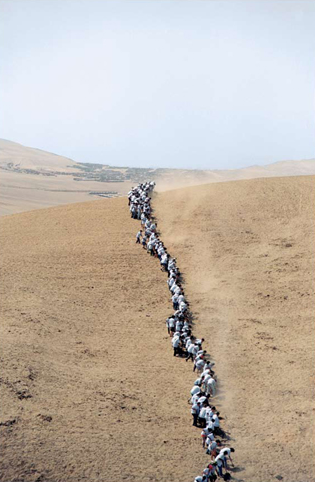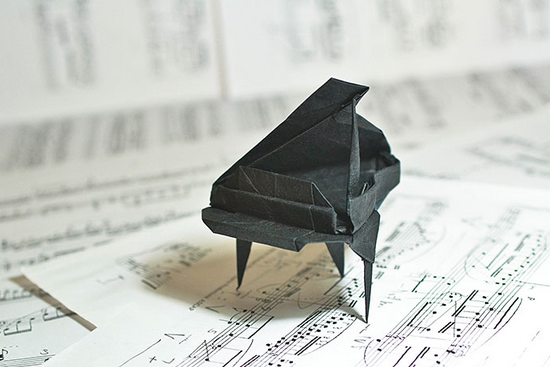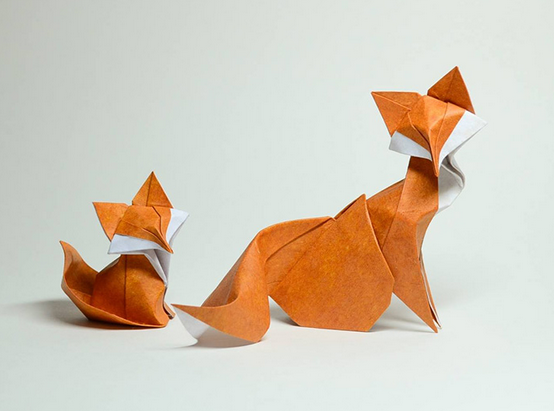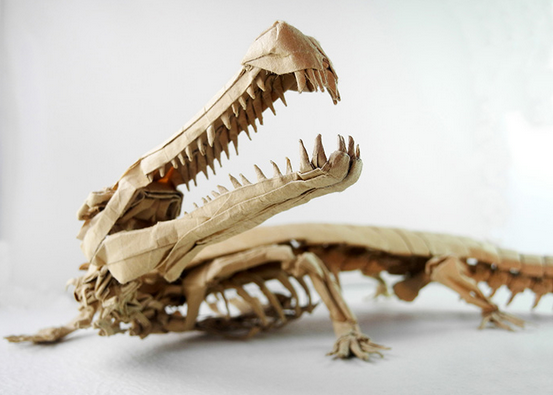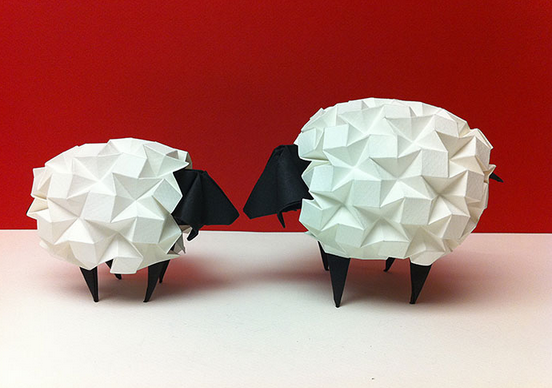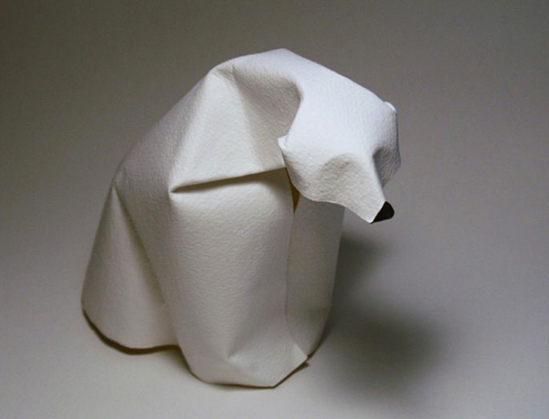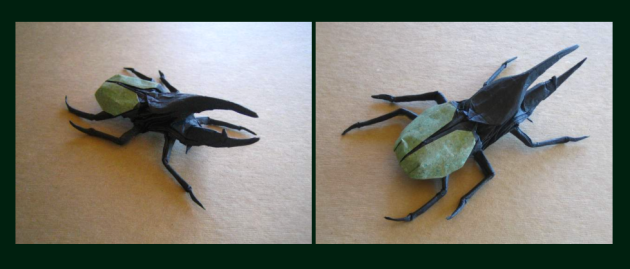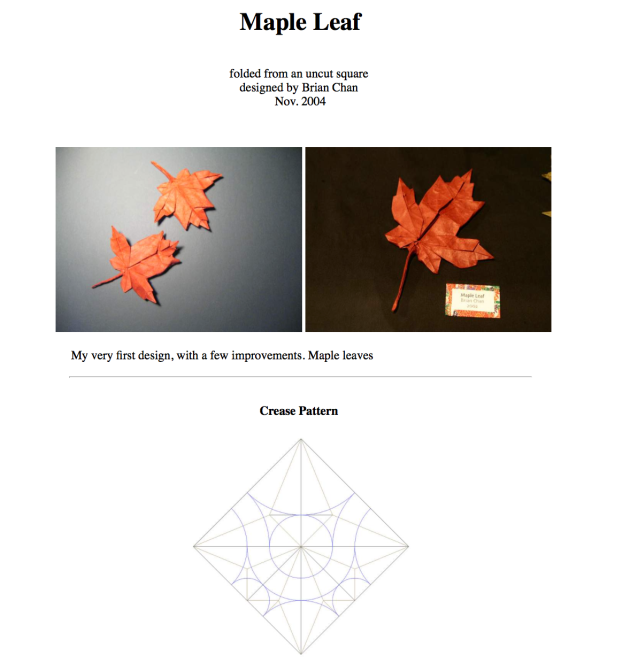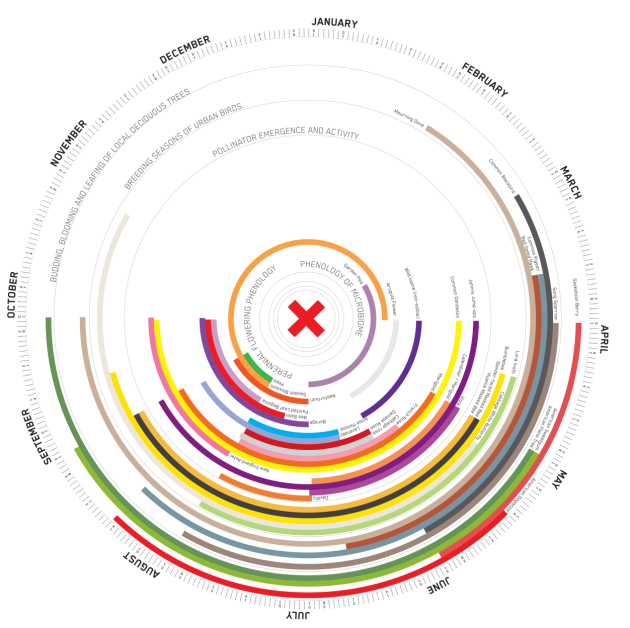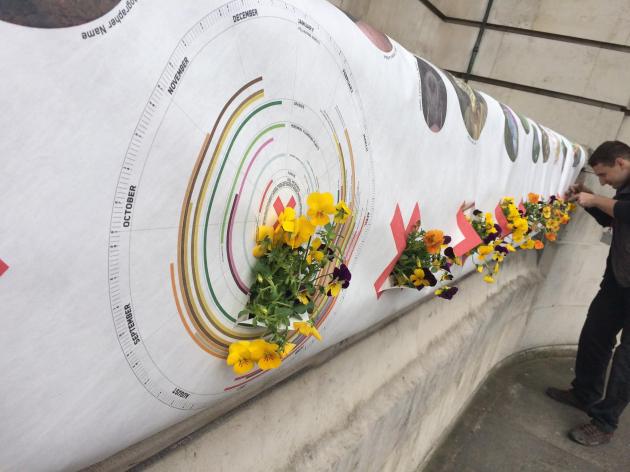Paris is bombed again, however, this time with environmental messages aimed at the world leaders who gathered there for the COP21 climate conference on Monday. 600 fake posters denouncing major corporations were installed behind the glass at bus stops around the city by Brandalism, a UK-based project that fights corporate control in advertising.
“By sponsoring the climate talks, major polluters such as Air France and GDF-Suez-Engie can promote themselves as part of the solution – when actually they are part of the problem,” Joe Elan from Brandalism said in their press release.
“Because the advertising industry force feeds our desires for products created from fossil fuels, they are intimately connected to causing climate change,” Elan said. “We are taking their spaces back because we want to challenge the role advertising plays in promoting unsustainable consumerism.”
This is very clever public art that makes use of well-known brands juxtaposed against a controversial issue to make a powerful impression.







